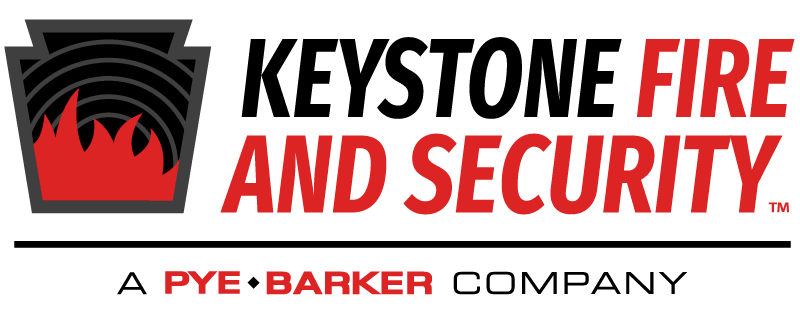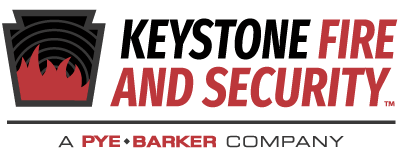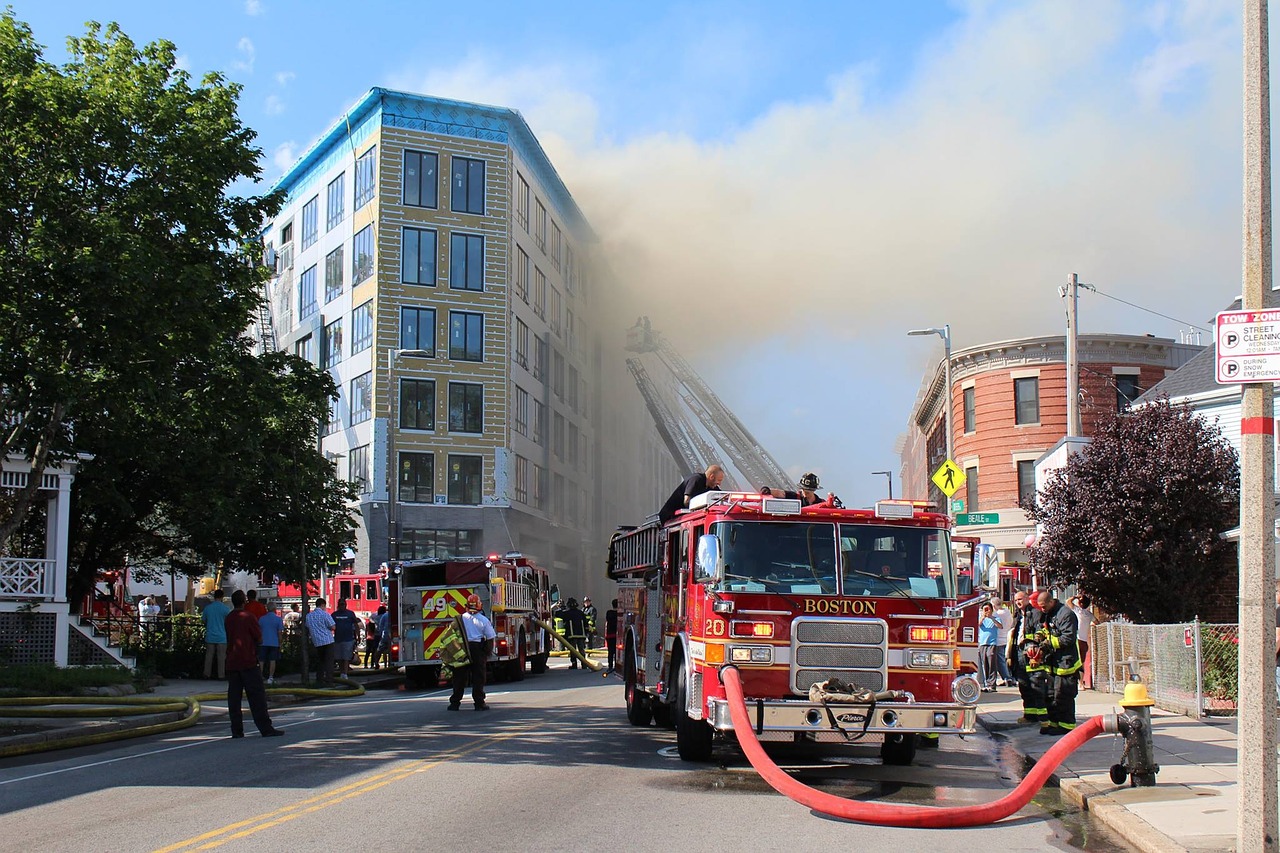
Does your building have poor coverage? This may not just be an inconvenience, but may also be a safety hazard prohibited by international fire and building codes! You can increase your radio coverage in your building by installing a bi-directional amplifier. Contact Keystone Fire Protection Co. Today to find out how you can get your building up to code, improve communication, and gain some peace of mind.
What is Emergency Responder Radio Coverage?
When there is a fire or similar emergency, many different emergency personnel arrive on the scene at staggered intervals. To adequately respond to emergencies, emergency personnel need to know where other professionals are and where their help is most needed. Modern buildings have made communication between emergency personnel difficult because of materials like steel and concrete, large buildings with many small rooms, underground structures, interfering technology, and multiple floor levels. These factors disrupt the penetration of radio signals and thus inhibit fast and effective communication between emergency responders. Emergency responder radio coverage is a tool that provides emergency responders with the ability to use their handheld radios inside buildings. By allowing firefighters and emergency personnel to communicate both inside and outside buildings, on roofs, and to the dispatch center, emergency radio coverage increases the effectiveness of established communication systems. Emergency responder radio coverage allows emergency personnel to avoid intercoms, mobile repeaters, and special radio frequency systems. In doing so, emergency responder radio coverage can decrease response time and save valuable time that can be used to fight fires and save lives.
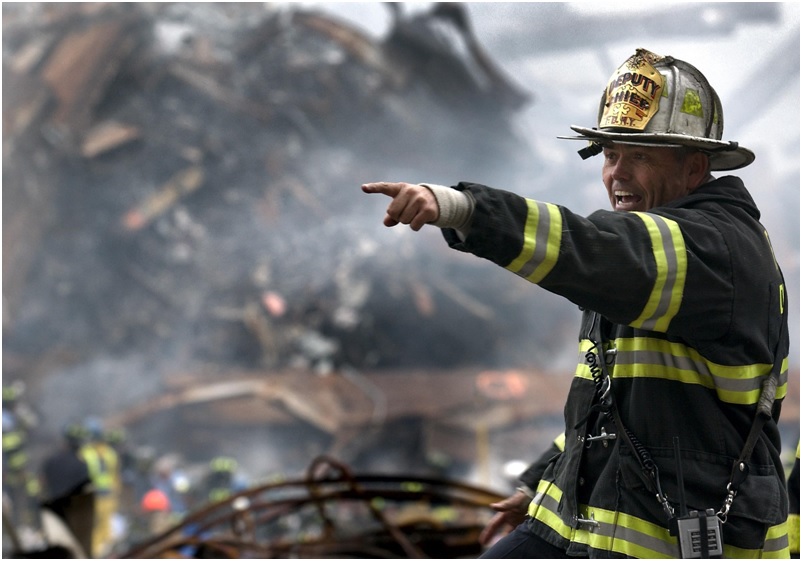
What are the Regulations for Emergency Responder Radio Coverage in Your Building?
The National Fire Protection Agency, as well as the International Building Code and International Fire Code, require a certain level of emergency responder radio coverage that meets a designated safe performance level. The 2009 edition of the IFC and the IBC stipulate that all new buildings are in compliance with communication standards before the building permit is even signed. However, buildings change as they age with remodels, improvements, etc. Older buildings still need to meet the NFPA, IBC, and IFC codes through enhancements to the existing radio infrastructure of the building. Some of the most common and important regulations can be found in NFPA 72 and include:
- 99% coverage of “vital areas” designated by your local fire department and 90% coverage elsewhere.
- 95dBm of the signal is considered adequate coverage.
- 24 hrs of the backup battery is required for equipment that supports a public safety radio system.
Coverage is often tested using a grid system. The buildings’ coverage must pass three tests: testing by the owner, testing by the local jurisdiction, and annual system testing.
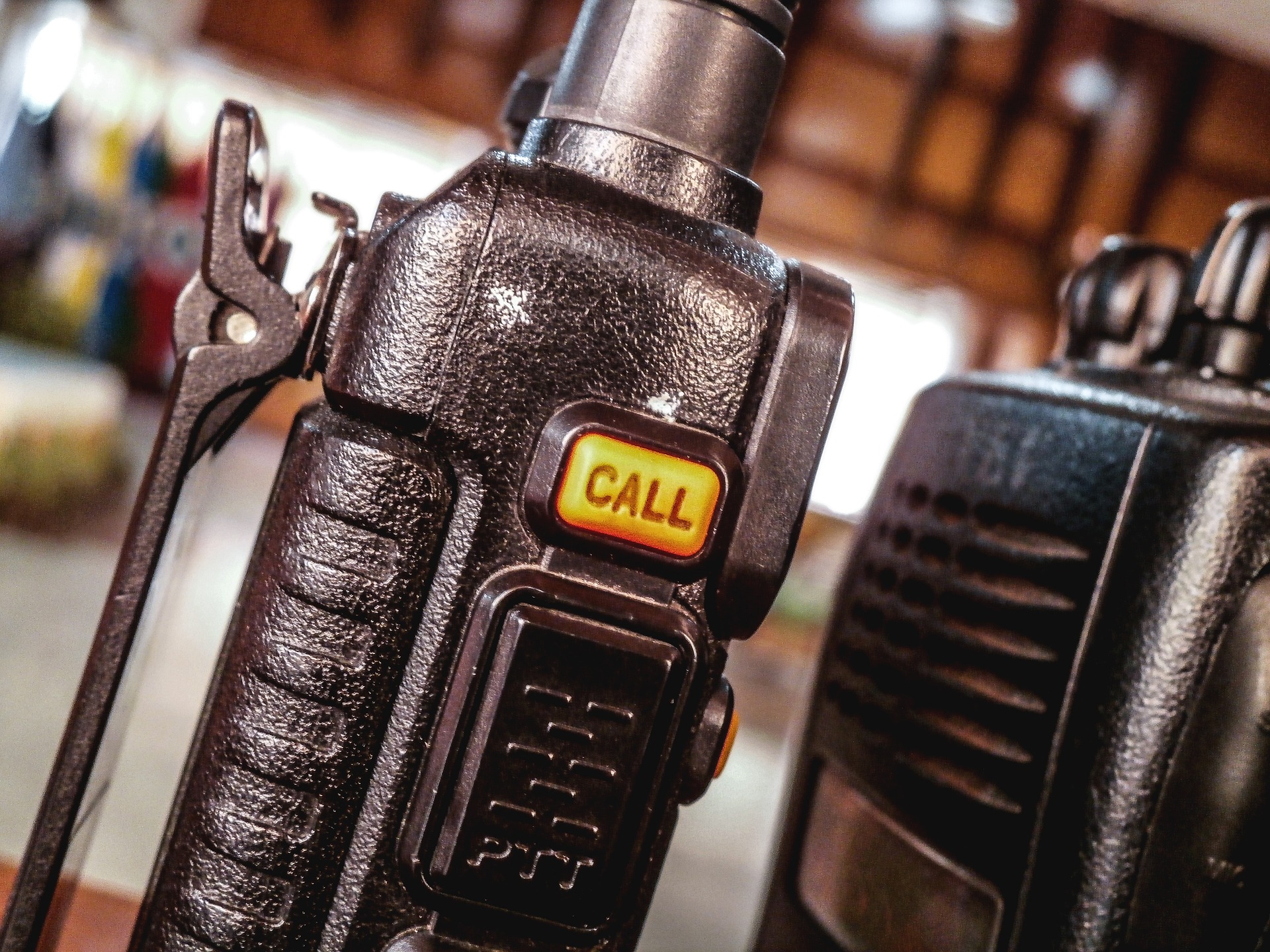
How does a Bi-directional Amplifier Work?
A bi-directional amplifier is often required for buildings with multiple floors and obstructions in order for the building to meet NFPA, IFC and IBC radio coverage codes. A bi-directional amplifier allows emergency personnel to communicate in locations that have zero or limited connectivity to a cell tower. In the bi-directional amplifier system, an antenna is placed in the building where its signal is unobstructed from a cell tower. The amplifier is strategically placed in the building so that it receives the signal from the antenna and then distributes this signal to previously unreachable parts of the building. It is called a bi-directional amplifier because it can amplify the strength of the signal as it receives it from the antenna and allows it to travel further than it could without it.
What are the Benefits of a Bi-directional Amplifier?
Bi-directional amplifiers are most notably used when emergency responder radio coverage in a building is not adequate enough to meet regulations and codes. This is because the main benefit of bi-directional amplifiers is to increase the signal from an unobstructed part of the building and redirect it to parts of the building that we’re unable to receive signal. Overall, a bi-directional amplifier boosts the signal. Most importantly, this signal boost can improve the speed and effectiveness of communication for emergency personnel who might respond to an emergency at your building. However, there are other benefits that include an enhanced signal for employees and others who use it. Increased coverage can increase overall communication in your building which can enhance your business’ productivity, and provide excellent coverage for all tenants and employees using all cellular carriers.
Keystone Fire Protection Co. can test the emergency responder radio coverage in your building. Request a signal survey today! Keystone can also help with the installation of a bi-directional amplifier to ensure that emergency responders can communicate throughout your building effectively. Contact Keystone today to learn more!
